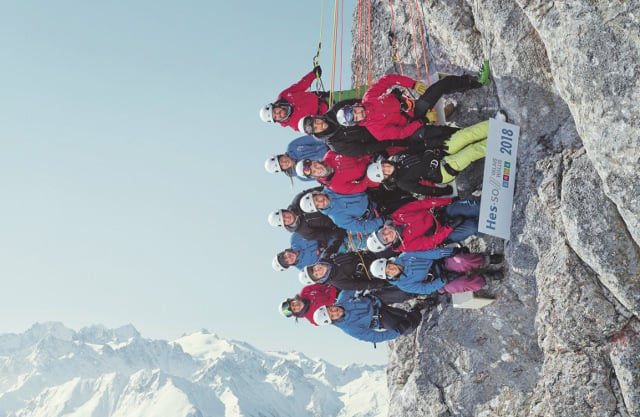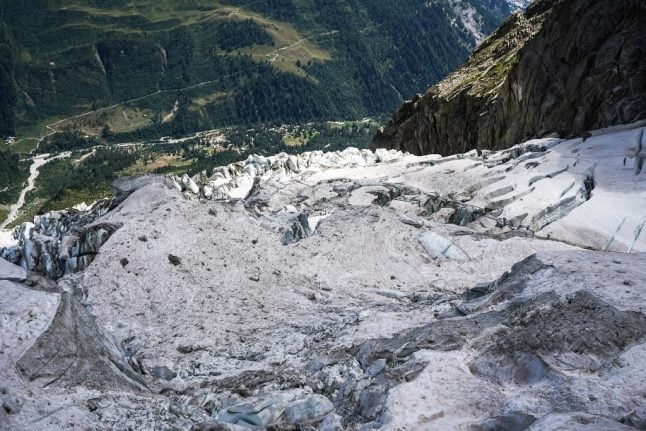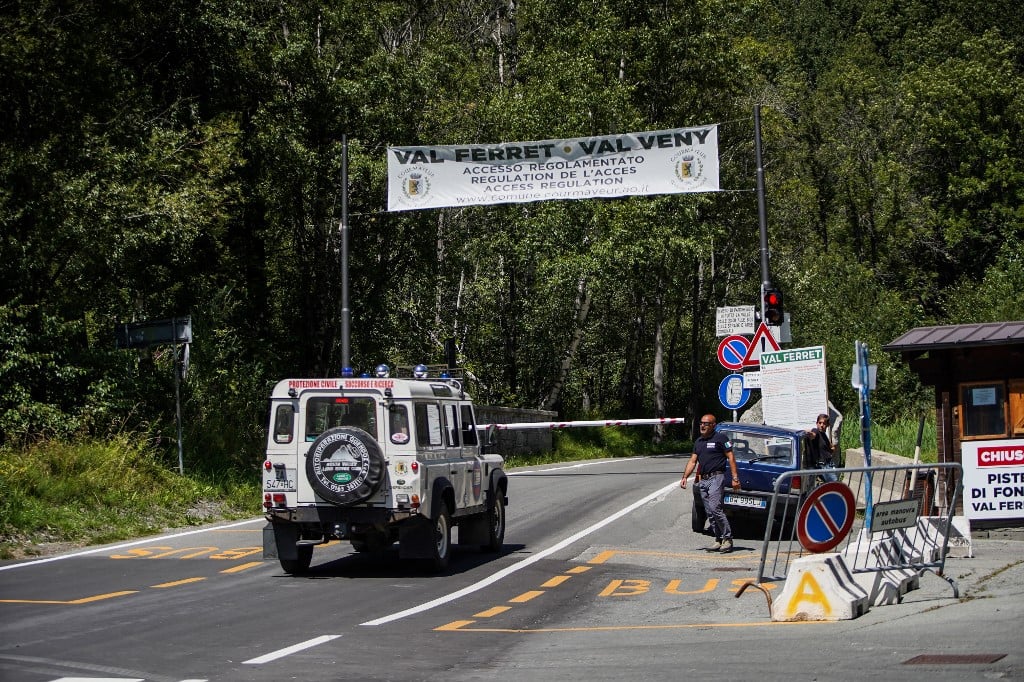MOUNTAINS
Valais students show head for heights with ‘highest class photo in Switzerland’
Students at the HES-SO, a higher education institution – haute école – in the Valais, achieved new heights when they participated in a rather unique class photo recently.
Published: 9 March 2018 11:09 CET

Photo: HES-SO
The 14 students took to the 2,473m summit of the Pierre Avoi peak in the Verbier region to be photographed hanging off a rock face for what the university termed the ‘highest class photo in Switzerland’.
To shoot the scene the students had to have the nerve and ability to hang on a climbing rope at 90 degrees off a mountain while the four cameramen – including two drone pilots – captured the scene.
The students were selected to take part after undergoing a test in which they abseiled down a building at the HES-SO, the university said in a press release.
However they didn’t know until the very last moment exactly what the class photo would involve.
After an hour composing the photo, the students were rewarded with a powder ski down to Verbier.
The publicity stunt was carried out to promote the “dynamism” of the HES-SO and its location in the heart of the Valais, said the university, which has conducted similarly outlandish stunts before.
“To achieve summits in professional life it’s necessary to study at a ‘très, très haute école’ – and the Valais with its 41 peaks over 4,000m is the ideal place to attain these heights,” said the university.
HES-SO comprises four separate institutions offering courses in engineering, health, management and tourism and social work to some 2,300 students.
Watch this video to see how the photo was taken.
Url copied to clipboard!



 Please whitelist us to continue reading.
Please whitelist us to continue reading.